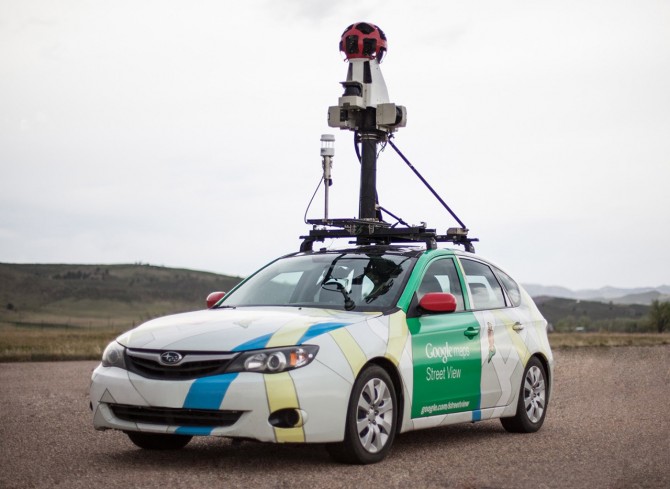
According to researchers from Cornell University and Environmental Defense Fund, methane emissions from the industrial sector are actually much higher than self-reported estimates.
Using a Google Street View car equipped with a high-precision methane sensor the researchers measured methane mixing ratios along public roads that are downwind of ammonia fertilizer plants.
Useful data were collected from six plants, which account for a quarter of the total number of U.S natural gas-based ammonia fertilizer plants.
Based on the team’s measurements, methane emissions were actually 100 times higher than the fertilizer industry’s self-reported estimate.
The findings were reported in the research article “Estimation of Methane Emissions From the U.S. Ammonia Fertilizer Industry Using a Mobile Sensing Approach” published in Elementa.
“We took one small industry that most people have never heard of and found that its methane emissions were three times higher than the EPA assumed was emitted by all industrial production in the United States,” said John Albertson, co-author and professor of civil and environmental engineering.
“It shows us that there’s a huge gap between a priori estimates and real-world measurements.”
The use of natural gas has grown in recent years, bolstered by improved efficiency in shale gas extraction and the perception that natural gas is a less dirty fossil fuel.
There is a perception that natural gas is a less harmful fossil fuel, however, natural gas is largely methane, “which molecule-per-molecule has a stronger global warming potential than carbon dioxide,” Albertson said.
“The presence of substantial emissions or leaks anywhere along the supply chain could make natural gas a more significant contributor to climate change than previously thought,” Albertson added.
On average, 0.34% of natural gas used in the plants is emitted to the atmosphere. Total methane emissions from this industry are estimated to be 29 gigagrams per year in 2015–2016, much higher than the industry’s self-reported estimate of just 0.2 gigagram per year.
“Even though a small percentage is being leaked, the fact that methane is such a powerful greenhouse gas makes the small leaks very important,” said Joseph Rudek, co-author and lead senior scientist at Environmental Defense Fund. “In a 20-year timeframe, methane’s global warming potential is 84 times that of carbon dioxide.”
Journal Citation
Zhou, X., Passow, F.H., Rudek, J., von Fisher, J.C., Hamburg, S.P. and Albertson, J.D., 2019. Estimation of methane emissions from the U.S. ammonia fertilizer industry using a mobile sensing approach. Elem Sci Anth, 7(1), p.19. DOI:http://doi.org/10.1525/elementa.358
